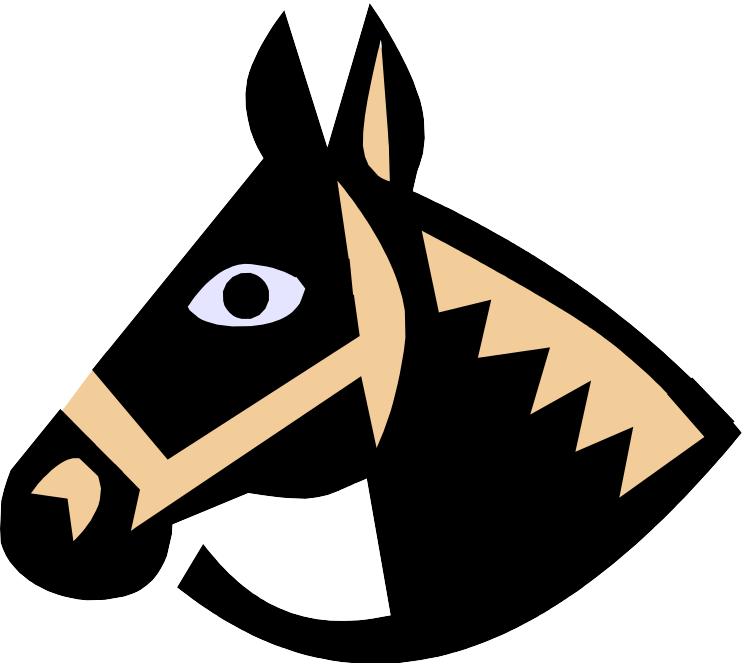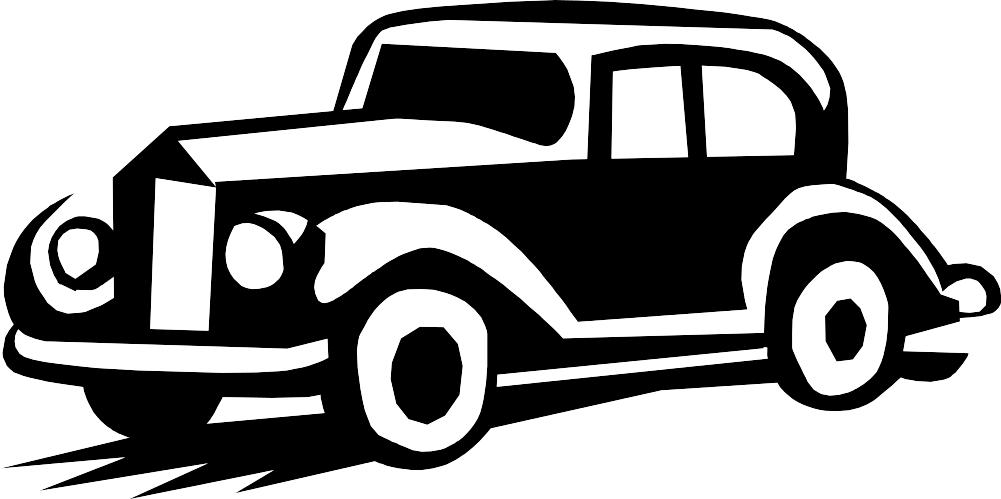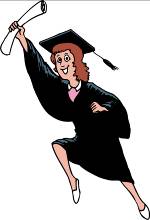
- •1. Words to be remembered (Texts: a, b).
- •2. Translate the sentences. Pay attention to the words in italics.
- •3. Read text a carefully. Pay attention to the words in bold type.
- •4. Decide whether the following statements are true or false.
- •5. Answer the questions to text a.
- •6. Read text b carefully. Pay attention to the words in bold type.
- •7. Decide whether the following statements are true or false.
- •8. Answer the questions to text b.
- •9. A) Read and translate the following adjectives describing cars;
- •11. Match the words with the synonyms.
- •12. Match the words with the antonyms.
- •14. Translate the following combinations of noun groups and colloquial expressions. Compose your own sentences or copy out suitable ones from the texts above using the words.
- •15. A) Study the text “Engineering in a Social Context”. Choose the key words or sentences concerning engineering.
- •16. Read Henry Ford’s biography. Put questions to the given answers.
- •17. Read the brief information about the famous automakers. Put the historical names and data into the right order. Try to make exhaustive reports on each of the personalities and their inventions.
- •18. Match the parts of the sentences.
- •19. Grammar Revision. Tenses (Active/Passive Voice). Use the forms of the verbs to recollect the main ideas of unit I.
- •20. Test yourself I. Take the quiz.
- •21. Motor Fun.
- •22. Translate the text from Russian into English. Try to retell the text.
- •23. Every picture tells a story. Write a short essay.
- •24.Try it. How Words Work…
- •25. Look through texts a and b again and make notes under the following headings. Then use your notes to talk on the topics:
- •1. Words to be remembered (Texts: a, b).
- •2. Translate the sentences. Pay attention to the words in italics.
- •3. Read text a carefully. Pay attention to the words in bold type.
- •4. Decide whether the following statements are true or false.
- •5. Answer the following questions.
- •6. Match the terms with their definitions.
- •7. Match the words with the synonyms.
- •8. Match the words with the antonyms.
- •9. Fill in the correct prepositions.
- •10. Read text b carefully. Pay attention to the words in bold type.
- •11. Decide whether the following statements are true or false.
- •12. Answer the following questions to the text.
- •14. Match the words with the synonyms.
- •15. Match the words with the antonyms.
- •16. Fill in the correct prepositions.
- •17. Read and translate the following words from the text paying attention to the word-forming suffixes and prefixes. Arrange them into the groups of: n (nouns), Adj. (adjectives), Adv. (adverbs).
- •18. Skim the text “Why Should I buy Car Accessories?” Copy out the key words or sentences connected with car accessories. Using them try to convince people to buy car accessories.
- •20. Test yourself II. Define the cars matching the images with the letters and numbers. Give your arguments.
- •21. Grammar Revision. Modal Verbs. Translate the sentences.
- •22. Try it. How Words Work…
- •23. Translate into English.
- •24. Look through texts a and b again and make notes under the following headings. Then use your notes to talk on the topics:
- •1. Words to be remembered (Texts: a, b).
- •2. Translate the sentences. Pay attention to the words in italics.
- •3. Read text a carefully. Pay attention to the words in bold type.
- •4. Decide whether the following statements are true or false.
- •5. Answer the following questions.
- •6. Match the terms with their definitions.
- •7. Match the words with the synonyms.
- •8. Match the words with the antonyms.
- •9. Fill in the correct prepositions.
- •10. Read text b carefully. Pay attention to the words in bold type.
- •11. Decide whether the following statements are true or false.
- •12. Answer the following questions to the text.
- •13. Match the words with their definitions.
- •14. Match the words with the synonyms.
- •15. Match the words with the antonyms.
- •16. Fill in the correct prepositions.
- •17. Read and translate the following noun groups.
- •18. Grammar Revision. Infinitive and -ing form. Transform the suggested forms into the infinitives. Make up some sentences.
- •19. Keep smiling.
- •20. Skim the text “Fuel Types” and find the best answer to the question: “Why is selecting fuel important?” You can take prompts in the statements below.
- •21. Test Yourself III. Supply the best words in parts a and b.
- •22. Try it. How Words Work…
- •23. Translate into English. Entitle the texts.
- •24. Every picture tells a story. Write a short essay.
- •25. Read the texts again and make notes under the following headings, use your notes to talk on the topics:
- •2. Translate the sentences. Pay attention to the words in italics.
- •3. Read text a carefully paying attention to the words in bold type.
- •4. Decide whether the following statements are true or false.
- •6. Match the terms with their definitions.
- •7. Match the words with the synonyms.
- •8. Match the words with the antonyms.
- •9. Fill in the correct prepositions.
- •10. Read and translate the following words from the text paying attention to the word-forming suffixes. Arrange them into the following groups of: n (noun)s, Adj (adjectives), Adv (adverbs).
- •11. Read text b carefully paying attention to the words in bold type.
- •12. Decide whether the following statements are true or false.
- •14. Match the terms with their definitions.
- •15. Match the words with the synonyms.
- •16. Match the words with the antonyms.
- •17. Fill in the correct prepositions.
- •18. Read and translate the following words from the text paying attention to the word-forming suffixes and prefixes. Arrange them into the groups of: n (nouns), Adj (adjectives), Adv (adverbs).
- •19. Motor Fun.
- •20. Match the parts of the sentences. Consult text b.
- •21. Grammar Revision. Passive Reporting Verbs or Infinitive Constructions. These sentences are all in rather formal English. How would you say the same things in conversational English?
- •22. Try it. How Words Work…
- •23. Study the diagram of a cooling system and explain to your group-mate: how the plumbing is connected.
- •24. Translate the text from Russian into English. Some prompts are given to you. Try to retell the text to your teacher, friend.
- •25. 1) Look at the picture and read the nearby text.
- •2) Look at the following sentences where “cause-and-effect” relationship is used and translate them. Think of some more illustrations of the relationship.
- •Is caused by
- •3) Now answer the questions
- •26. Look through texts a and b again and make notes under the following headings. Then use your notes to talk on the topics:
- •1. Words to be remembered (Texts: a, b).
- •2. Translate the sentences. Pay attention to the words in italics.
- •3. Read text a carefully. Pay attention to the words in bold type.
- •4. Decide whether the following statements are true or false.
- •5. Answer the following questions.
- •6. Complete the grid. Look at these six clues and fill in the answers in the spaces provided below. You will find that you make a term-word in the vertical box. (You may hope for the key).
- •7. Match the words with the synonyms.
- •8. Match the words with the antonyms.
- •9. Fill in the correct prepositions.
- •10. Scan text b paying attention to the words in bold type.
- •11. Decide whether the following statements are true or false.
- •12. Answer the following questions.
- •13. Complete the grid. Look at these four clues and fill in the answers in the spaces provided below. You will find that you make a term-word in the vertical box. (You may hope for the key.)
- •14. Match the verbs with the synonyms.
- •15. Match the verbs with the antonyms.
- •16. Fill in the correct prepositions.
- •17. Read the text “My Favourite Car.” Copy out adjectives from the text. Use the adjectives to describe the favourite car of your own.
- •22. Solve the crossword puzzle. (You can find the key in Unit VII).
- •23. Translate the text from Russian into English.
- •25. Read the texts again and make notes under the following headings. Then use your notes to talk on the topics:
- •1. Words to be remembered (Texts: a, b).
- •2. Translate the sentences. Pay attention to the words in italics.
- •3. Read text a carefully paying attention to the words in bold type.
- •4. Decide whether the following statements are true or false.
- •5. Answer the following questions.
- •6. Complete the grid. Look at these five clues and fill in the answers in the spaces provided below. You will find that you make a term-word in the vertical box. (You may hope for the key.)
- •7. Match the verbs with the synonyms.
- •8. Match the verbs with the antonyms.
- •9. Fill in the correct prepositions.
- •10. Read text b carefully. Pay attention to the words in bold type.
- •11. Decide whether the following statements are true or false.
- •12. Answer the following questions.
- •13. Complete the grid. Look at these four clues and fill in the answers in the spaces provided below. You will find that you make a term-word in the vertical box. (You may hope for the key.)
- •14. Match the words with the synonyms.
- •15. Match the words with the antonyms.
- •16. Fill in the correct prepositions.
- •18. Motor Fun.
- •21. Study the texts and do different exercises.
- •I. Aluminium. (Read the text and make logical paragraphing of it.)
- •III. Copper. (Read and translate the text in a written form.)
- •IV. Chromium. (Read and retell the text in English.)
- •V. Iron and Steel Industry. (Read and retell the text in Russian.)
- •VI. Lead. (Read the text and make its summary in English.)
- •VII. Nickel. (Read the text and say about nickel applications.)
- •VIII. Plastics. (Read the text and make its grammar analysis.)
- •IX. Zinc. (Write a Summary to the text.)
- •X. The Steel Alloys. (Retell the text.)
- •22. Try it. How Words Work… Find in the following texts some more suitable association words for the other materials used in car production. Use the words to speak on it.
- •27. Read the texts again and make notes under the following headings. Then use your notes to talk on the topics:
- •Reading, Vocabulary & Creative Practice
- •1. Words to be remembered (Texts: a, b).
- •2. Translate the sentences. Pay attention to the words in italics.
- •3. Read text a carefully. Pay attention to the words in bold type.
- •4. Decide whether the following statements are true, false or vague according to text a.
- •5. Answer the following questions.
- •6. Complete the grid. Look at these five clues and fill in the answers in the spaces provided below. You will find that you make a term-word in the vertical box. (You may hope for the key.)
- •7. Match the verbs with the synonyms.
- •8. Match the verbs with the antonyms.
- •9. Fill in the correct prepositions.
- •10. Read text b carefully paying attention to the words in bold type.
- •11. Decide whether the following statements are true, false or vague.
- •12. Answer the following questions.
- •13. Complete the grid. Look at these six clues and fill in the answers in the spaces provided below. You will find that you make a term-word in the vertical box. (You may hope for the key)
- •14. Match the words with the synonyms.
- •15. Match the words with the antonyms.
- •16. Fill in the correct prepositions.
- •17. Study the table of words. Choose some of them to say something to your English teacher, repair mechanic, your group-mate.
- •18. Grammar Revision: Gerund. Define and translate the sentences with various types of gerund.
- •19. Keep smiling.
- •21. Translate the text “Tuning” from English into Russian.
- •23. Every picture tells a story. Compare. Write a short essay.
- •24. Make up sentences on the words presented in the crossword.
- •25. Read the texts again and make notes under the following headings. Then use your notes to talk on the topics:
- •Summarizing Аннотирование и реферирование текста
- •Сравните две схемы:
- •Список выражений, рекомендуемых для написания реферата
- •Vocabulary
23. Every picture tells a story. Write a short essay.


24.Try it. How Words Work…
A. Pronounce the derived words correctly.
1. “E-n-g-i-n-e”: exhaust – noise – gas – ignition – novelty – equipment
2. “C-a-r”: conversion – automobile – racing”
3. “F-u-e-l”: fine – unleaded – economical – litre
4. “C-e-n-t-u-r-y” construct – engine – new – T-model – unique – rarity– yard
B. Make as many words as possible out of one word and translate them. Think of the examples of your own words or terms.
1. e.g.: Design – sign – sin – in – dig...
2. e.g.: Research – search – each – sea – arch – reach...
Follow-up Activities
25. Look through texts a and b again and make notes under the following headings. Then use your notes to talk on the topics:
1. Engineering: Definitions and Branches.
2. Engineering as a Key Driver of Human Development.
3. Automobile History.
4. Famous Automakers.


UNIT II. AUTOMOBILE BODY
B efore you start: Think it over. Agree – Disagree
“Style is the mind skating circles around itself as it moves forwards.”
“Education is the ability to listen to almost anything without losing your temper or your self-confidence.”
Robert Frost, 1874 – 1963, U.S. poet
Reading, Vocabulary & Creative Practice
1. Words to be remembered (Texts: a, b).
sedan rear backseat haul hatchback coupe convertible hardtop resemble centre post permanent station wagon rigid accommodate provide cargo supplant subcompact consumption shrink variety |
rapid acceleration van boxy-truck elaborately RV-vehicle enclose part transmission chassis frame solid sheet shape punch convenience appearance resistance streamlining gauge switch |
recess dashboard padding alarms malfunction destination determine bucket-seat collision damage yield headlights ceiling cornering lights optional defroster mirror rear/side view windshield wipers safety belts |
2. Translate the sentences. Pay attention to the words in italics.
1. Caravans and sedans have a good flat storage or a nice hauling space.
2. Are you the driver of the vehicle?
3. Their work has been largely supplanted by the use of a computer program that fulfils the same function.
4. Hardtop is a car with a metal roof.
5. A car with good acceleration is desirable if not essential in this situation.
6. I can’t afford such a luxury car.
7. The accident has not done any permanent set.
8. This device can be used in a variety of ways.
9. It was a car with high fuel consumption.
10. You should dip your headlights when you meet another car at night.
11. The model comes with a number of optional extras.
12. An inquiry was set up to determine the cause of the accident.
13. The device gauges the temperature.
14. The people were killed in a collision between a bus and a car.
15. The dashboard in this car is very pleasant to look at.
16. The car was fully equipped with all the accessories.
Part I
